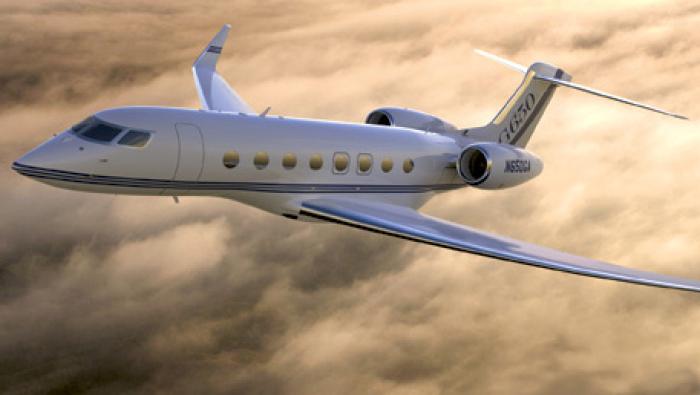Aerion (Booth S114) is still working to finalize the powerplant selection for its $120 million AS2 supersonic trijet, as it continues to make progress on preliminary design with technology partner Airbus Group, CEO Doug Nichols told AIN here at EBACE.
Reno, Nevada-based Aerion is hoping to decide on an engine by year-end, enabling the company to announce a formal program launch of the Mach-1.4 business jet “shortly thereafter,” said Nichols.
Several existing core engines deemed suitable for adaptation to the needs of supersonic flight have already been identified by the would-be SSBJ manufacturer. “We will proceed with an engine that allows us to meet our performance goals with the minimum changes required,” Nichols noted. “Aerion is focused on an engine that meets Stage 4 noise standards while preserving long-range supersonic performance. This is a significant challenge with a low-bypass supersonic engine, but solutions are in sight with today’s engine technology. The engine is the key to the AS2.”
For now, Aerion continues to make progress on the preliminary design. One of the now-solved engineering hurdles during this phase was the main landing gear, which has to retract into the fuselage because the AS2’s thin laminar-flow wing cannot accommodate it. “Airbus helped us out greatly here,” said Nichols. “Their engineers came up with an articulating gear system that turns sideways before it retracts.”
Overall, he said, “We’ve made great progress over the past year with Airbus. They’ve also assisted us with the fuel system, as well as the AS2’s fly-by-wire architecture.” Preliminary designs completed by Aerion and Airbus include a 10-spar carbon-fiber wing and fuselage and empennage structures.
Meanwhile, Aerion is continuing the search for a U.S. manufacturing location for the AS2. Nichols said his company has identified about a half dozen U.S. locations that meet its criteria of being near a deep-water port and also within 200 nm of an offshore supersonic flight-test area. “We’re looking for a campus of more than 100 acres on a major airport with a minimum 9,000-foot runway and other special geophysical requirements,” he added. The company expects to announce the location of the assembly site shortly after the formal AS2 program launch.
Airbus is expected to provide major components for the AS2, while Aerion will conduct final assembly. Both companies envision a “long-term relationship” for technical support.
Aerion is shooting for first flight of the AS2 in 2021 and entry into service in 2023, following FAA certification. EASA certification would follow shortly, it said.







